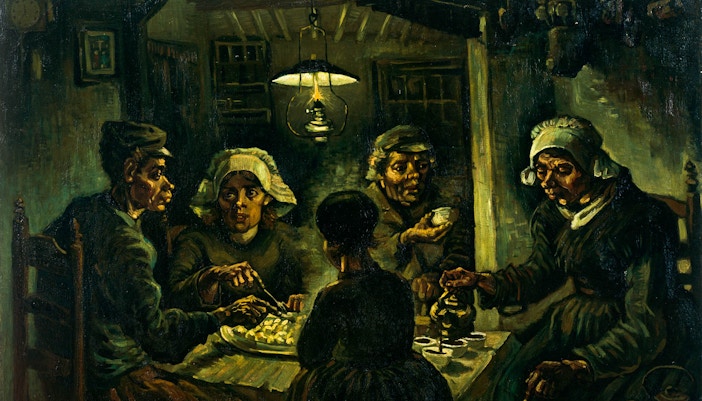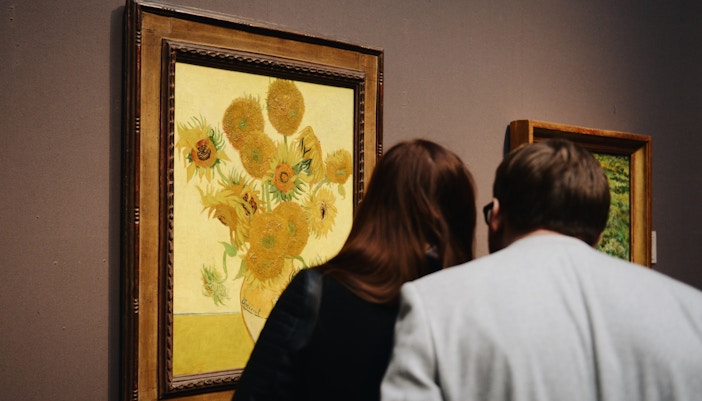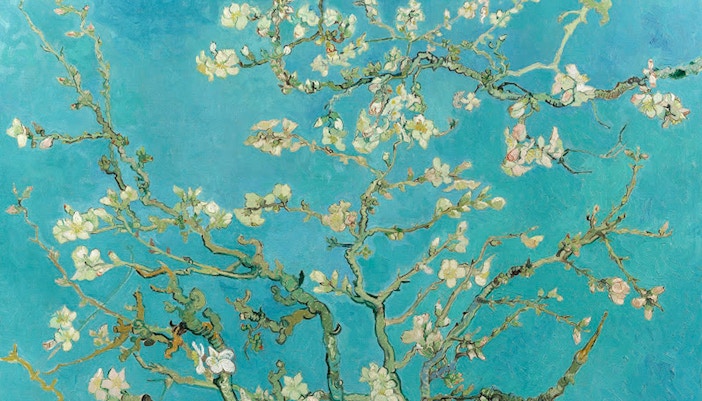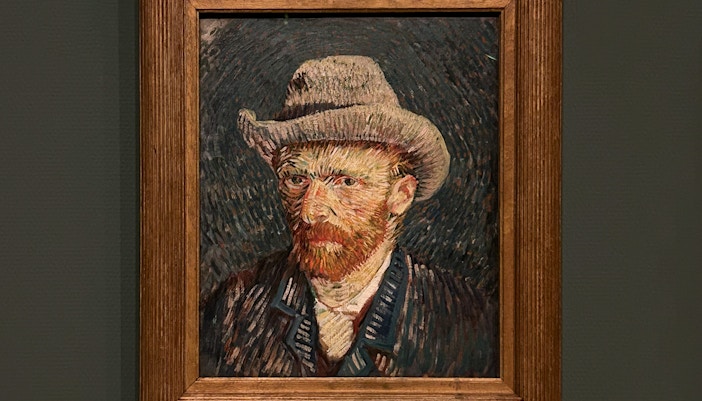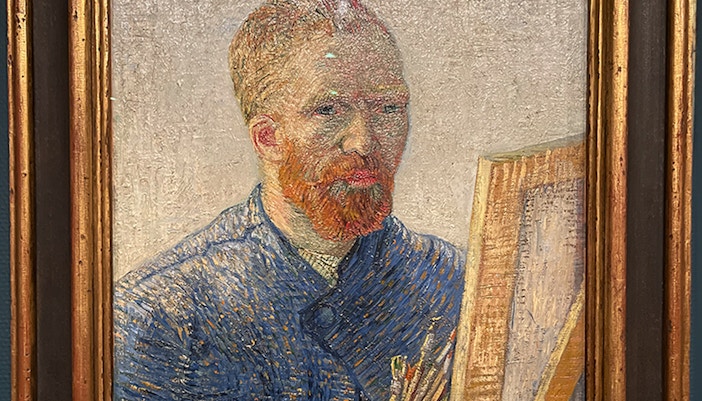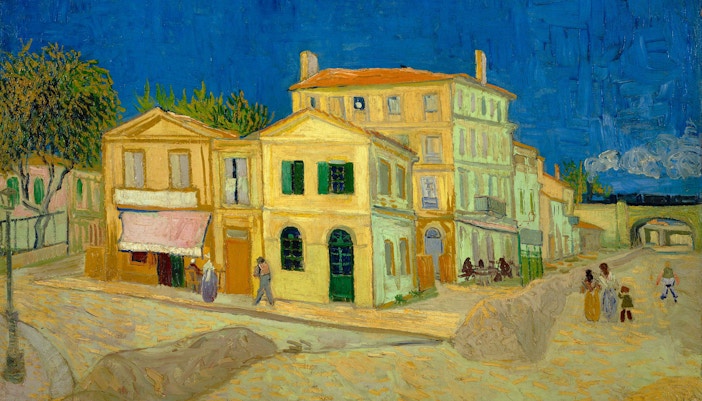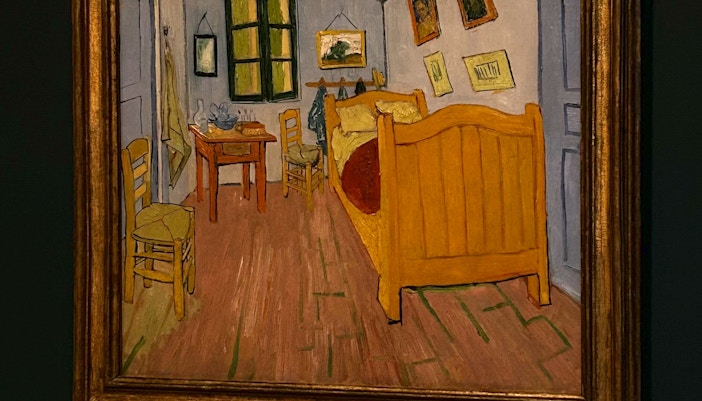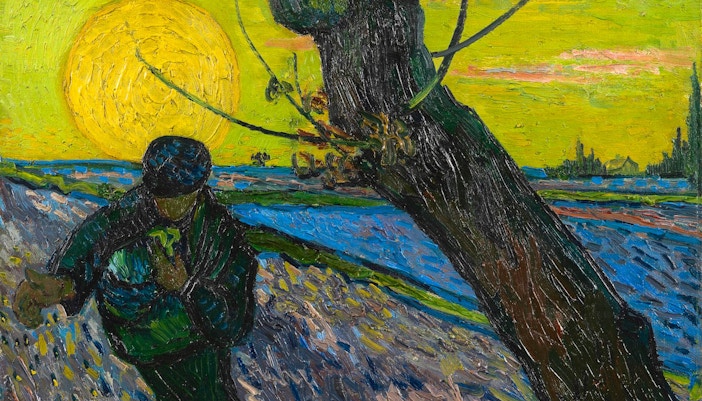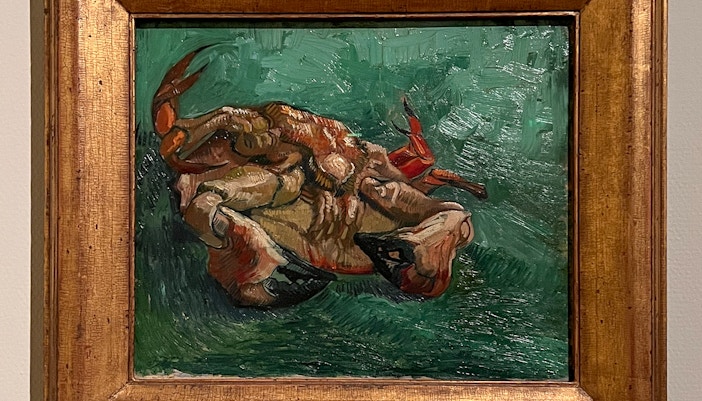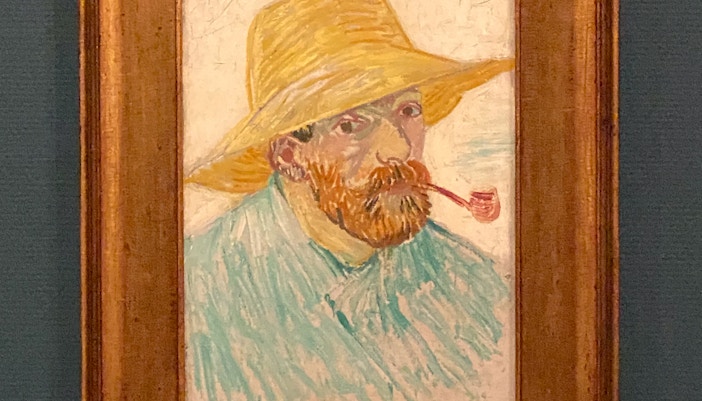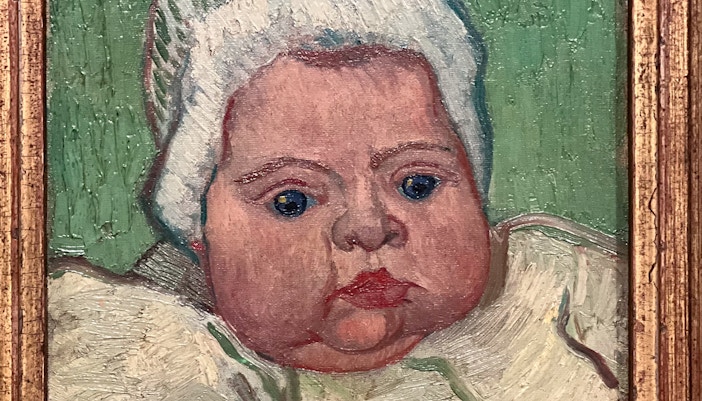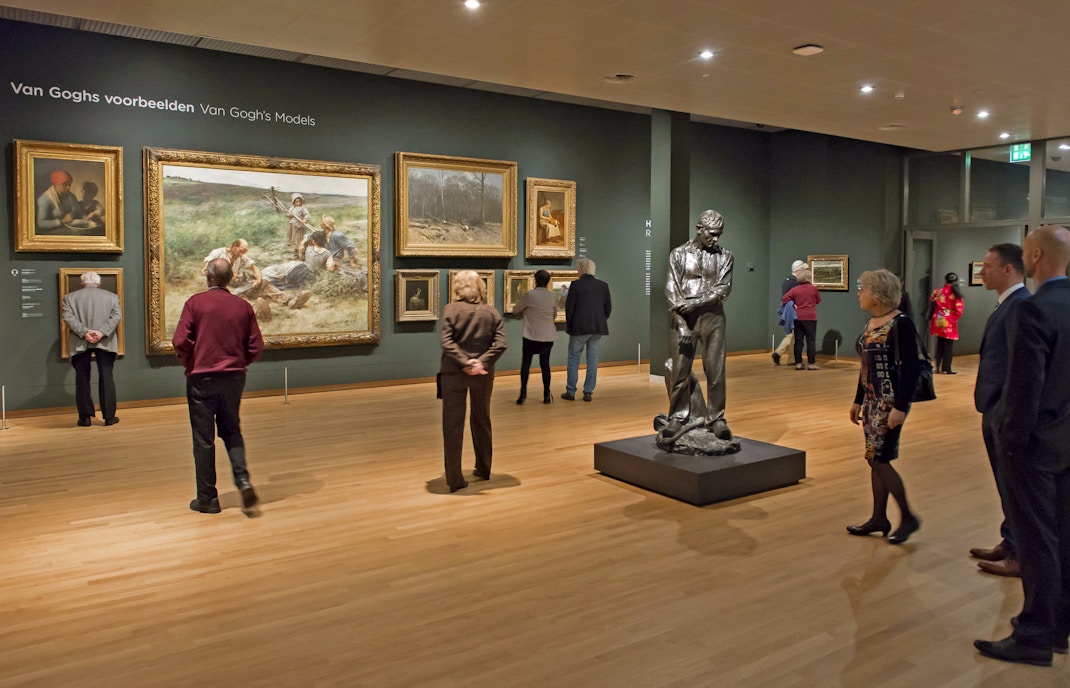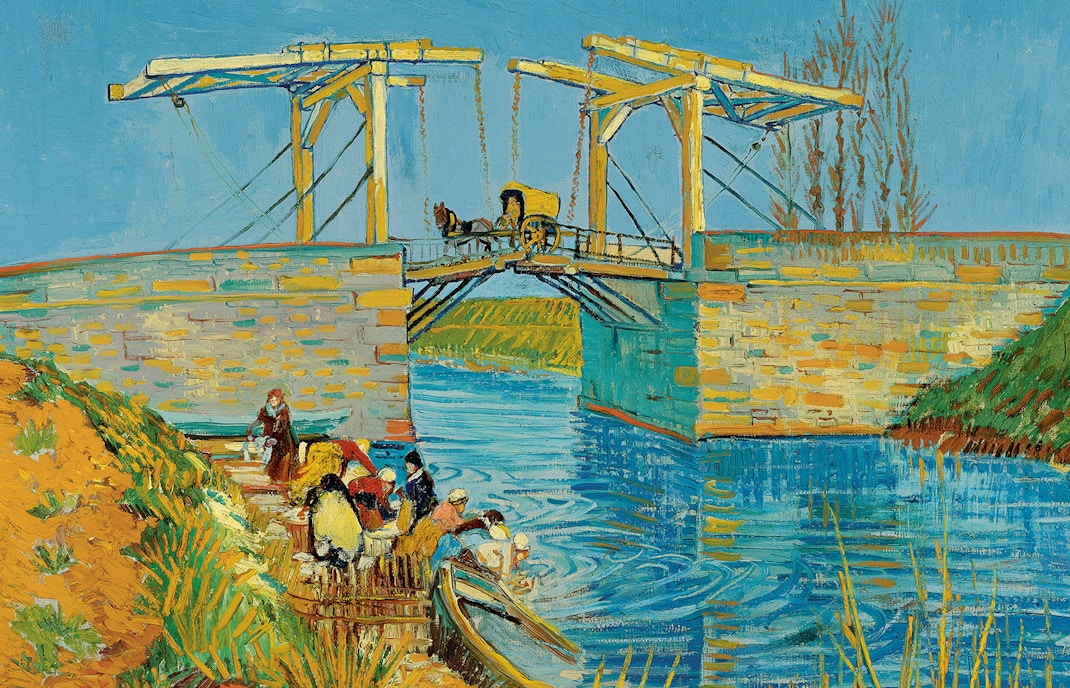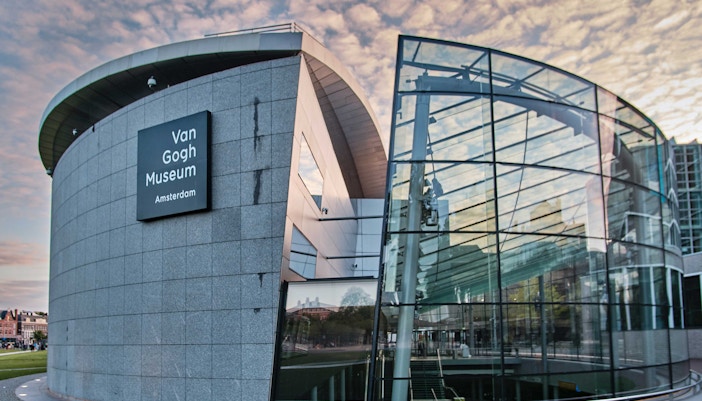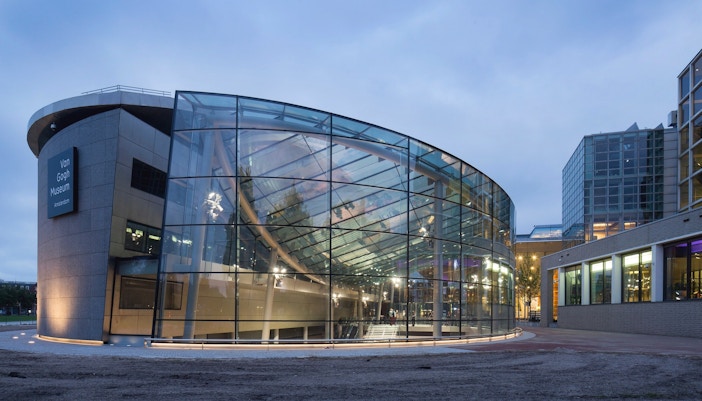The Van Gogh Museum is basically Disneyland for Van Gogh fans or anyone who digs his art! This museum has the biggest collection of his stuff anywhere – over 200 paintings, 500 drawings, and even 700 letters!
You can walk through his artistic journey, from his early sketches to his famous masterpieces like Sunflowers *and *The Potato Eaters. The museum also does a great job of helping you understand Van Gogh the person. They've got exhibits explaining his ideas and inspirations, and you can even see some of his letters. There are always special exhibits featuring Van Gogh's work from other museums or art by his contemporaries. They even have workshops where you can try your hand at painting like Van Gogh himself!


